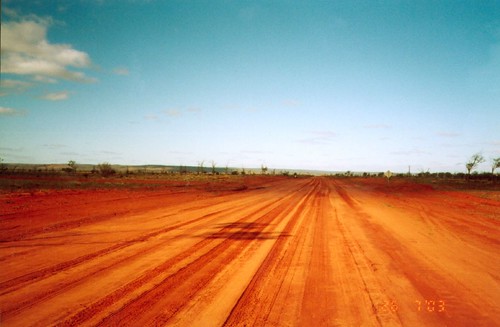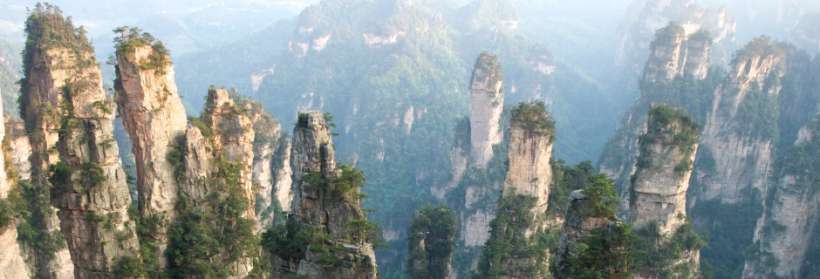With the Oscars fast approaching and bigger this year than ever before, it seems appropriate to have a look at the role that the film industry plays in tourism around the world. In recent years, the film industry has excited increased interest amongst the higher echelons of governments around the world. Since the enormous success of Lord of the Rings, tourism in New Zealand has gone from strength to strength with people flocking from all corners of the globe to witness firsthand the country’s extreme natural beauty.

Mt Ngauruhoe aka. Mt Doom – Photo by NUkiwi
Subsequently, the model has been repeatedly emulated with countries recognising the significance that a positive portrayal of their culture could have on annual tourism revenues. Baz Luhrman’s Australia is perhaps the most noteworthy example of recent years, looking more like an epic holiday brochure than a film in the traditional sense. In fact the National Tourist Board plied $50 million of investment into the film and a subsequent related series of commercials.

Australian Outback – Photo by pierre pouliquin
In China, anxious to cash in on the success of James Cameron’s 3d fantasy extravaganza, Avatar, the Nan Tian Yi Zhu Mountain was re christened ‘Avatar Hallelujah mountain’, supposedly because the site served as inspiration for the fantasy planet of Pandora.

‘Avatar’ Mountain – Photo by lacitadelle
In Kazakhstan, a country that has been inextricably associated with the misogynistic, anti semitic, backwards ramblings of Sascha Baron Cohen’s Borat, a series of fim campaigns have been launched to shift world opinion of the country. This year filming begins on an unofficial sequel ‘My Brother Borat’ in which the country is depicted as beautiful, prosperous and progressive.
So which of this year’s Oscar hopefuls is likely to make people run to their nearest travel agents and plan their next holiday?
The King’s Speech

Hatfield House – Photo by tudorrose1993
The UK has, in the past, enjoyed a booming tourism trade on the back of period dramas and all things aristocratic. Lyme Park in Cheshire experienced a three hundred percent spike in visitor numbers after Colin Firth’s famous wet t shirt scene there in Pride and Prejudice and numerous sites around Kent have seen an influx of visitors on the back of ‘The Other Boleyn Girl’. It’s hard to imagine that The King’s speech won’t prompt increased visitor numbers to such sites as Hatfield House, Ely Cathedral, Windsor Castle, Knebworth and others featured in the film.
The Illusionist

Waverley Station, Edinburgh – Photo by Ipoh kia
In its last major silver screen incarnation, Edinburgh was the heroin addled home of Rent Boy, Spud, Sick boy and co in Irvine Welsh’s Trainspotting. Miraculously, that film prompted an increase in tourist numbers. Sylvain Chomet’s animated film, The Illusionist, is a gentle and loving depiction of the city and at stages looks like it could have been funded solely by the Scottish Tourist Board because of it beauty and attention to detail.
True Grit

Texas Desert Evening – Photo by OneEighteen
The Cohen Brothers turn their cinematic genius on the mountains, forests and plains of Texas and New Mexico. Sparse, yet poetically beautiful and mysterious, the film makes you want to get packing to head off for your own great Western adventure.
127 Hours

Utah – Photo by Creativity+ Timothy K Hamilton
Could a film which details a climbing accident and culminates in James Franco graphically amputating his own leg with a pocket knife, encourage anyone to reach for their crampons and hit the cliff faces? In the light of the favours that Titanic did for the cruise industry by detailing its greatest ever disaster, I’d say yes, definitely.
Top photo by m4tick




